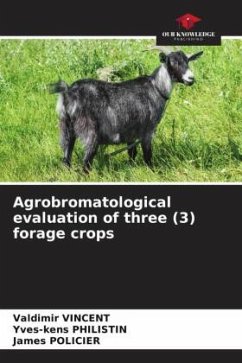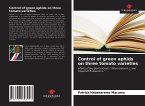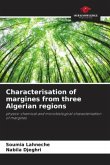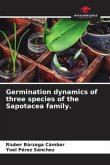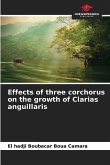Fodder crops are grown everywhere, especially in Haiti, to compensate for certain shortages of livestock feed. To remedy these problems, a study was conducted in the commune of Pignon on "the agrobromatological evaluation of three (3) forage crops (Pennisetum purpureum, Panicum maximum and Cnidoscolus aconitifolius). A Completely Randomized Array (CRA) was set up in the study area on a surface of 240.25 m2, of which 225 m2 were sown. The data were subjected to an analysis of variance using R Console software by means comparison tests at the 5% threshold to determine the statistical differences between species. The results obtained showed a significant level of difference in yield (P value = 3.42e-05) for the species Pennisetum purpureum with the highest yield of 35.81 t/ha, followed by Pannicum maximum, 17.40 t/ha and 4.99 t/ha for Cnidoscolus aconitifolius, which is also the species with the lowest yield. In addition, laboratory analysis showed that Pennisetum purpureum has the most interesting nutritional value, followed by Panicum and Cnidoscolus.
Bitte wählen Sie Ihr Anliegen aus.
Rechnungen
Retourenschein anfordern
Bestellstatus
Storno

